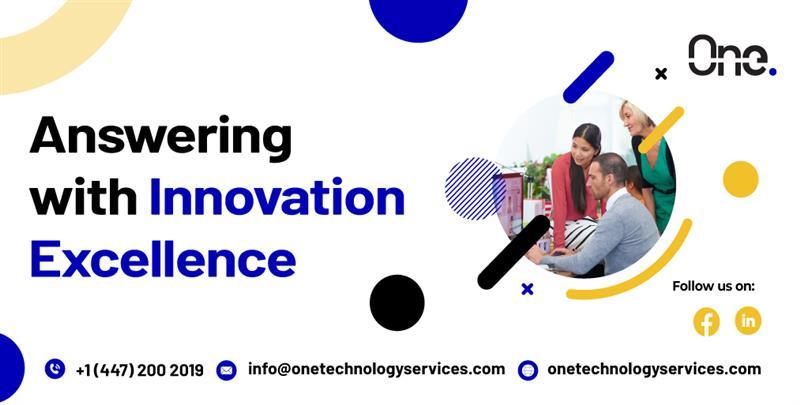In today’s competitive business environment, companies must decide how to source talent effectively. Whether you're expanding your team or delegating tasks, the two most common models are staff augmentation and outsourcing. Each approach has its strengths and is suited for different business needs.
This blog will break down the key differences, benefits, challenges, and use cases to help you determine which model is the best fit for your business.
What is Staff Augmentation?
Staff augmentation is a flexible hiring model that allows businesses to temporarily expand their workforce by integrating skilled professionals into existing teams. Instead of hiring full-time employees, companies bring in external talent to fill skill gaps, enhance productivity, and meet project deadlines.
Key Features of Staff Augmentation:
- Direct Integration – Augmented staff works within your existing team.
- Flexibility – Scale up or down as per project needs.
- Short-Term & Long-Term Engagements – Suitable for temporary projects or long-term skill gaps.
- Full Control – The business maintains project oversight and management.
When Should You Use Staff Augmentation?
- Shortage of In-House Talent: If your team lacks expertise in a particular domain, staff augmentation allows you to bring in specialists.
- Project-Based Needs: If you have a short-term project requiring additional manpower, hiring full-time employees may not be cost-effective.
- Full Control Over Projects: When you want external experts but still need direct supervision over their work.
- Faster Hiring Process: Finding and onboarding full-time employees can take months, whereas staff augmentation provides quicker access to talent.
Pros of Staff Augmentation
- Cost-Effective: Avoid expenses related to full-time employee benefits, office space, and long-term commitments.
- Access to a Global Talent Pool: Find highly skilled professionals without geographical restrictions.
- Greater Control: Augmented staff works under your management, ensuring alignment with business goals.
- Seamless Integration: Unlike outsourcing, augmented employees collaborate closely with in-house teams.
Cons of Staff Augmentation
- Management Responsibility: Businesses must still handle training, onboarding, and team collaboration.
- Limited Long-Term Stability: Since staff augmentation is typically project-based, retaining talent for the long run may be challenging.
What is Outsourcing?
Outsourcing involves contracting an external company to handle an entire business function or project. Instead of hiring temporary staff, businesses delegate tasks or services to a third-party provider.
Key Features of Outsourcing:
- Third-Party Management – The outsourcing provider handles staffing, execution, and project management.
- Cost Savings – Businesses save on hiring, training, and infrastructure costs.
- Focus on Core Business – Frees up internal resources for critical business functions.
- Scalability – Easily scale services up or down depending on business needs.
When Should You Use Outsourcing?
- Non-Core Business Functions: If you need to delegate tasks like customer support, accounting, or IT maintenance.
- Lack of In-House Expertise: If you require specialized skills that are difficult to hire internally.
- Reducing Operational Costs: If managing an in-house team is expensive, outsourcing provides an affordable alternative.
- End-to-End Project Delivery: If you need a complete solution without in-house management.
Pros of Outsourcing
- Cost-Effective: Often cheaper than hiring and managing full-time employees.
- No Need for In-House Management: The outsourcing provider handles training and supervision.
- Faster Execution: With an experienced provider, projects can be completed more efficiently.
- Access to Advanced Expertise: Work with experienced professionals specializing in specific domains.
Cons of Outsourcing
- Less Control: The outsourcing company manages the project, which means less direct oversight.
- Potential Communication Barriers: Time zone differences and external management can impact workflow.
- Quality Variations: If not carefully chosen, outsourcing providers may not meet expectations.
Key Differences Between Staff Augmentation and Outsourcing
| Factor | Staff Augmentation | Outsourcing |
|---|---|---|
| Management | Business retains control | Managed by third-party provider |
| Flexibility | High – can scale team as needed | Depends on contract terms |
| Cost | Pay for talent on demand | Generally lower for ongoing tasks |
| Expertise | Access to specific skills | Full project expertise from provider |
| Integration | Works directly with your team | External management, minimal integration |
How to Choose the Right Model for Your Business
Choose Staff Augmentation if:
- You want direct control over project execution.
- Your project requires niche expertise for a limited time.
- You need to quickly expand your in-house team without long-term commitments.
Choose Outsourcing if:
- You want an end-to-end solution with minimal internal involvement.
- You need cost-effective, long-term business operations.
- You lack the expertise or infrastructure to manage the project in-house.
Hybrid Approach: The Best of Both Worlds
Some businesses opt for a hybrid approach—combining staff augmentation for critical roles while outsourcing non-core functions. This approach allows companies to maintain control over key projects while leveraging external expertise for other areas.
For example:
- Software development teams may use staff augmentation to hire specialized developers while outsourcing maintenance tasks.
- Marketing teams may augment in-house experts while outsourcing ad campaign management.
Conclusion: Finding the Right Fit with One Technology Services
Choosing between staff augmentation and outsourcing depends on your business needs, project scope, and budget. Both models offer unique advantages, and the right choice depends on factors like control, expertise, and flexibility.
At One Technology Services, we help businesses navigate staffing challenges by providing expert insights and guidance on workforce solutions. Whether you're looking to augment your team with skilled professionals or outsource projects for efficiency, understanding the strengths of each approach will empower you to make the best decision.
What’s your experience with staff augmentation or outsourcing? Share your thoughts in the comments

